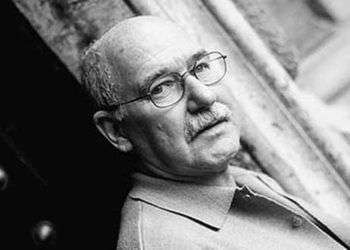Luz in the window
When we Cubans say La Bayamesa, we immediately associate it with something very beloved, a powerful symbol of national identity. It evokes different works and moments under the same name. It is the music of the first national anthem composed by Perucho Figueredo in 1968. In this case, Cuban patriots were searching for a relationship with the French Revolution and its La Marseillaise. In the 20th century (in 1918), the great composer Sindo Garay composed those precious notes—in a song that bears the same title, but with the added name of Mujer Bayamesa (“Bayamo Woman”)—and at some point we have all hummed “lleva en el alma…” (“carries in her soul…”). In this article, I would like to focus on the first song, chronologically speaking, the one from 1851. The authors of this sentimental journey were the important poet José Fornaris, the lovesick musician Francisco Castillo, and a young lawyer with advanced ideas who had studied in Europe and went by the name of Carlos Manuel de Céspedes. He still had not freed his slaves, and nobody referred to him yet as the Father of our homeland. Dying of happiness and love The window of the beautiful Luz Vázquez , which looked...



















